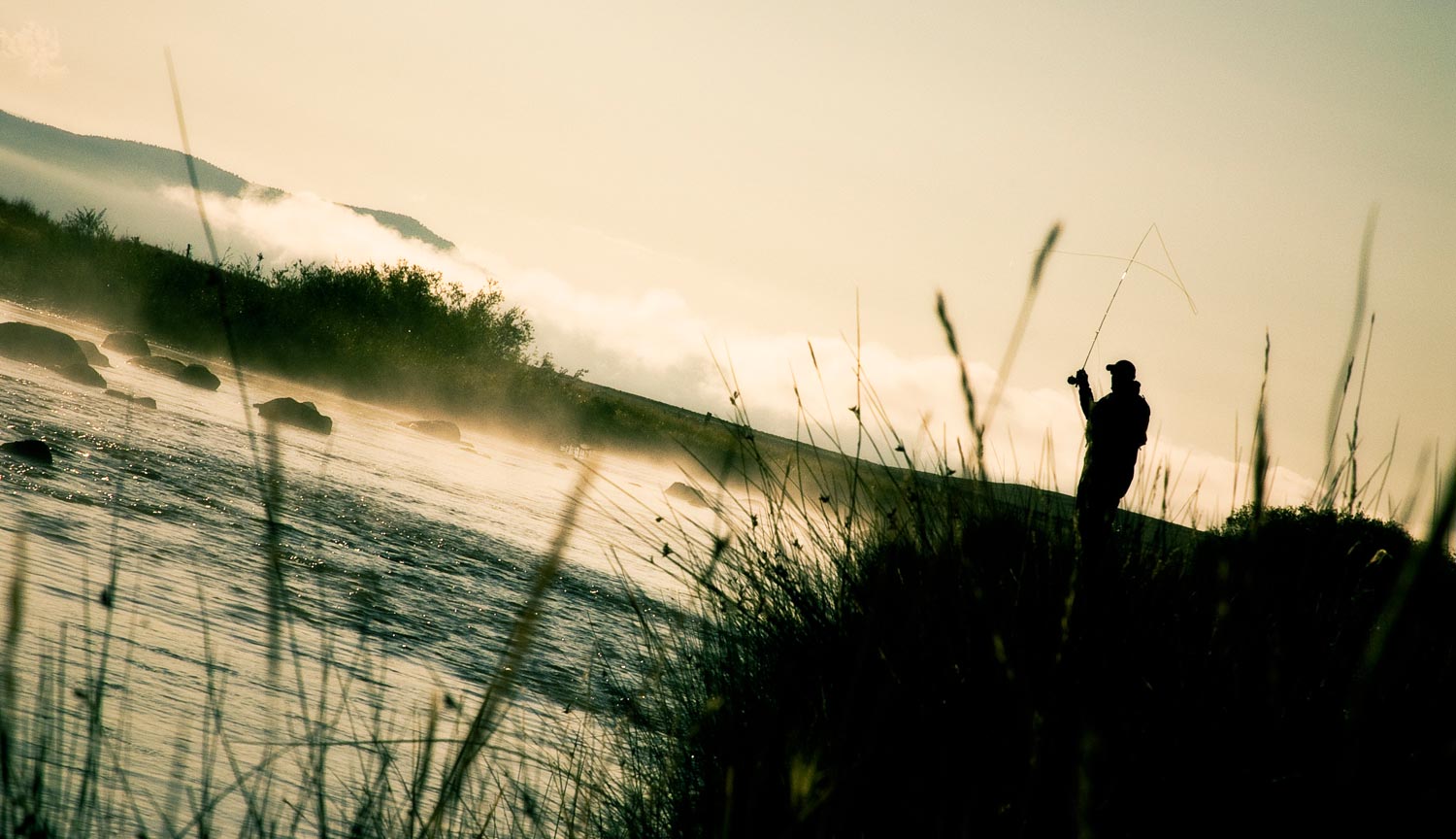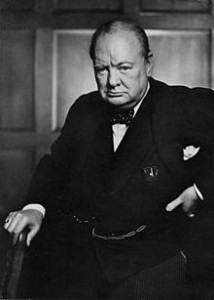By Louis Cahill
There are a lot of elements to a successful photograph. Many are technical, but the most important are aesthetic.
A technically perfect image is worthless if it doesn’t capture the eye, and the imagination, of the viewer. Unfortunately, most new photographers get so wrapped up in the science of photography that they totally miss the art. There are as many aesthetic choices to be made when shooting a photo as when building a house but a hell of a lot less time to make them. It takes time and experience to master designing a photo on the fly but to help you get started there are three element so crucial to a great photo that they deserve your attention every time you lift the camera. They are: light, composition and action.
Light
Light sets the mood. When you sit down for a romantic dinner do you turn on the overhead fluorescents? No, you light a candle. When the police interrogate a suspect do they do it by candle light? Probably not. Of all the choices you make, light has the biggest impact on the emotional tone of the finished photograph.
You may be thinking, “How is light a choice?” I have been a studio photographer for more years than I like to discuss. In the studio I control my lighting by moving the position of my lights and changing their intensity. Shooting on the river you don’t have that luxury but you do still have choices. You can’t move the sun, but you can change your camera angle, thus changing the suns relative position, and you can choose the time of day when you shoot, thus choosing the hight of the sun in the sky. You can’t change the intensity of the sun, but you can change your exposure. In the photo above I have positioned myself so that the sun puts my subject in silhouette and exposed for the light in the morning mist and on the water. These choices give the image a dramatic and dream-like quality.
Composition
Composition is the art of telling your viewer how to look at the photo. It’s the tool you use to tell them what is important and what is the point you are trying to make. To understand composition, you must first understand the eye. Our eyes gather information for our brains. They gather this information in predictable ways, some coded in our genetics and others from training.
In the western world we train our eyes by reading. As we read a book we teach our eye that information is organized by position on the page. When we look at a photo, our brain recognizes it as information on a page and we approach it in the same way. We look first at the upper left corner and scan the photo to the lower right corner. Our brain has been trained to, at that point, move on to the next page for more information and if there is nothing to keep us there that’s exactly what we will do. As photographers, we want to keep the attention of our viewers and we want that attention focused on our subject.
What about those genetic predispositions. They are really quite simple. The first job our eyes learn is to find food. We do this by recognizing colors, tones and shapes. Most of our food is warm in color. Our eye is instinctively drawn to orange, amber, green and yellow. There’s not a lot of blue food so, although we find the color blue appealing, it doesn’t draw our eye. Do you eat anything that is black? Usually black food has spoiled. Our eye is drawn to lighter tones. What about red? The most poisonous foods in nature are red. We are attracted to red, but it has an unsettling emotional effect on us. Shapes matter too. Our eyes can not resist the round shape of a ripe berry, for example.
So how do we use all of this information? Take another look at the photo above. The overall color is warm and appealing. It makes us feel good to look at. That’s a choice I made when setting the color balance of my camera. I have used a classic compositional technique called the rule of thirds. Knowing how my eye has been trained to read the image I know that if I divide the image into thirds with imaginary lines, the intersection of those lines will be places my eye will gravitate to. Of these four intersections the lower right third is the most powerful and that’s where I’ve placed my subject. I have accentuated my subject further by tilting the camera so that the horizon creates a strong leading line, like a slide my eye will follow to the payoff.
But wait, there’s a danger here. Left to its own devices this powerful composition will take my eye quickly out of the photo. Having been rushed to the lower right third it has been trained to move on to the next page looking for more information and I don’t want that. That’s why I chose to drop to my knees, using the dark silhouette of the bank to stop my eye dead in its tracks. No black food, remember? And what about the round shapes of the reel and the anglers head? Those look like berries, better have a closer look. The result is that your eye gets stuck in the image. You don’t know why, you just keep looking at it. Now I have your full attention.
Action
There are really two components to action. There is, literally, what’s happening in the photo. Is it compelling? Is it relevant to your audience? What does it say about your subject? All of these are important questions.
Then there is the more elusive quality that Henri Cartier-Bresson called “the decisive moment.” The instant in that action (or reaction) that tells the story. This is where the element of tension is created. When Yousuf Karsh photographed Winston Churchill he wanted to create a unique portrait that captured a side of the man he never showed to the camera. A darker and more confrontational Churchill. Churchill offered Karsh only the confident smile that held its usual cigar, a photo that many photographers had taken. After exposing a few sheets of 8X10 film Karsh, a small and unintimidating man, reached over the camera and, without a word, snatched the cigar from Churchill’s mouth, just before releasing the shutter. It was the last sheet of film he was allowed to expose, but it’s the only photo of Churchill that anyone remembers. That was a decisive moment!
I’m certainly no Yousuf Karsh or Cartier-Bresson but let’s look again at the photo above. As anglers we are all interested in fly fishing. The first cast of the day as the sun peeks over the horizon is certainly compelling and relevant. The line suspended in the air, a perfect loop preserved for all time. That will do for a decisive moment.
So there you have it. The three most important aesthetic choices a photographer has to make. I know it’s a hell of a lot to think about but with time it becomes easier. It takes decades to learn to make those choices in the time it takes to make a cast. I hope some of this information will get you to thinking and, with a little practice, help you make better choices and take better photographs.
Louis Cahill Gink & Gasoline www.ginkandgasoline.com hookups@ginkandgasoline.com Sign Up For Our Weekly Newsletter!
Sign Up For Our Weekly Newsletter!



Great article! Thanks for the advice Louis.